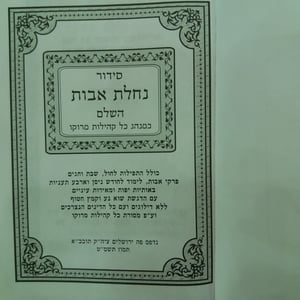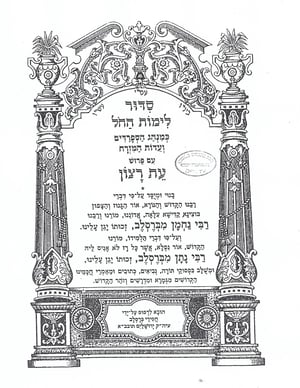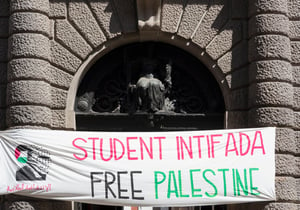
A 13th-century Hebrew inscription on a tombstone has been unearthed in Ramanthapuram, Tamil Nadu, in southern India. The discovery, first brought to attention by Hathim Ali, a young chemical engineer with a passion for history, has sparked interest in a potentially forgotten Jewish community in the region.
Thoufeek Zakriya, an Indian artist specializing in Hebrew calligraphy and a researcher of Jewish history, successfully deciphered the inscription. He determined that the tombstone likely dates back to the years 1224 or 1225 CE, making it older than the previously known oldest Hebrew tombstone in India, that of Sara Bat Yisrael in Chennamangalam, Kerala.
Zakriya, originally from Kochi, a town with a rich Jewish heritage, now resides in Dubai. His expertise in Hebrew calligraphy allowed him to identify the date on the tombstone as corresponding to the Seleucid period, approximately equivalent to January 1, 1224 CE, or January 18, 1225 CE, in the Gregorian calendar.
The tombstone's inscription, which exhibits influences from Yemenite Jewish traditions, offers valuable insights into the history of Jewish communities in India during the medieval period. Despite some damage affecting readability, Zakriya noted the presence of a partial name resembling "Nehemiah" in Hebrew.
This discovery underscores the historical diversity and cultural interactions that characterized India's past, highlighting the enduring legacy of its Jewish communities across different regions.






















